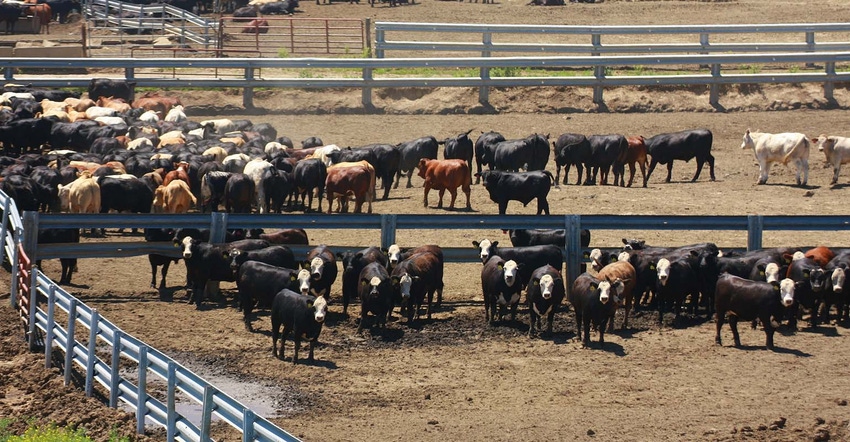
Environmental groups are again suing EPA over its decision that air emissions from Concentrated Animal feeding operations (CAFOs) do not need to be reported to the public under federal statute.
EPA’s Emergency Preparedness and Community Right-To-Know Act (EPCRA) requires that air emissions (toxic & hazardous) of a certain quantity be reported to EPA. Releases from a normal plant operation or treatment process must be reported to the National Response Center as well as state and local authorities.
EPA has established reportable quantities of between 1 pound and 5,000 pounds. EPCRA requires this notification to the public so that officials can consider releases of toxic air pollutants that might need a response action by local authorities.
EPA decided where there is a release from a CAFO - and the release is continuous more or less, stable in quantity in rate - that there need not be reporting of these to the National Response Center every 24 hours.
This common-sense approach is of course not acceptable to environmental groups.
Getting in on the FARM Act
In April, 2018, the FAIR Agricultural Reporting Method (FARM) Act was passed by Congress. The FARM Act determined that animal air emissions were exempt from reporting under another act administered by EPA. This congressional action had the practical result of excluding the reporting of air emissions from CAFOs to state and local emergency responders. As a result, EPA decided and published on its web page that CAFOs did not have an obligation to report every 24 hours the air emissions coming from a CAFO if there had been an initial notification to the National Response Center before the FARM Act was passed.
Environmental group counterattack
On September 28, 2018, environmental groups filed a lawsuit in the U.S. District Court for the District of Columbia. These groups allege that a few large CAFOs emit dangerous quantities of toxic & hazardous gases sickening communities across the country, causing nasal and eye irritation, headaches, nausea and even death.
It is claimed by the environmentalists that EPCRA protects communities from toxic exposure to CAFO emissions by merely requiring CAFO operators to report their air emissions.
Please realize, all that is required is a report. No action is taken after a CAFO reports.
Environmental groups claim they are bringing their action on behalf of their members, supporters and those who live near CAFOs who live in close proximity to a CAFO that may “…release massive quantities of hazardous pollutants such as ammonia and hydrogen sulfide into the air they breathe.”
The plaintiffs against EPA are an interesting batch. Rural Empowerment Association for Community Help is a North Carolina non-profit that fights air pollution emitted from CAFOs and fights against “North Carolina’s lax regulation of hog waste disposal.” Animal Legal Defense Fund is a non-profit “…whose mission is to protect the lives and advance the interests of animals through the legal system.” This defense fund claims legal advocacy on behalf of farm animals who are directly harmed by air emissions inside CAFOs.
The Center for Food Safety is a non-profit which claims it is “…curbing the proliferation of harmful food production technologies and promoting sustainable alternatives.” It claims 75,000 members and seeks to protect the health and well being of those members and others from harmful air emissions from CAFOs. Another group, Don’t Waste Arizona, is an Arizona non-profit and claims it needs air emission data from EPCRA about CAFOs to protect the health and well being of Arizonans. (Apparently public health agencies at the federal and state level do not protect public health.)
Another environmental group, Environmental Integrity Project, is a non-profit that claims if EPA’s EPCRA non reporting exemption is upheld, it, too, will be denied information about toxic releases from CAFOs which are needed to protect the wellbeing of the rural communities. Of course, Humane Society of the United States (HSUS) is also involved in suing EPA to keep it from engaging in a common sense decision. HSUS has as its goal to “…ensure that its members are aware of, and not injured by, practices related to CAFOs releasing or otherwise discharging pollutants into the natural environment.”
While EPA attempts to help agriculture, and not create more bureaucracy, environmental groups continue to fight EPA in court as it takes a common sense approach to the reporting of air emissions from CAFOs.
The opinions of the author are not necessarily those of Farm Futures or Farm Progress.
About the Author(s)
You May Also Like




